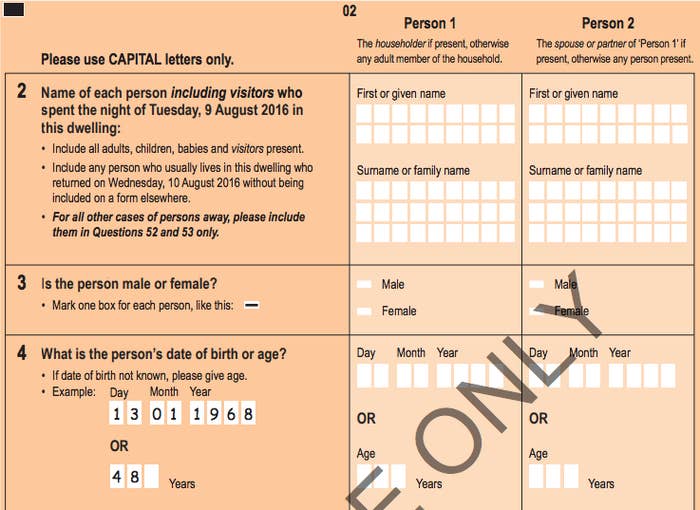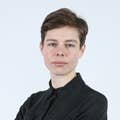For the first time, the 2016 Census collected information about people with a sex or gender identity other than male or female – however it didn't translate into accurate figures.

On Tuesday, new data from the 2016 Census offered several insights into modern Australian life, including a rise in people with "no religion", a dramatic increase in same-sex couples, and changes to Australia's ethnic make up.
There was no option on the standard form for Australians to mark their sex or gender as something other than male or female.
Instead, in response to the question "Is the person male or female?", people who identify as something else were asked to either write their answer in the space next to the boxes on the paper form, or request a special login for the online form.
Now, the Australian Bureau of Statistics (ABS) has concluded that the information collected is not an accurate measure of the number of people in Australia with a sex or gender other than male or female.
"The ABS has made this assessment in consideration of the inherent limitations of the Australian Census for this topic, the limitations of the approach used for the 2016 Census and the operational challenges experienced," it said in a report titled Sex and Gender Diversity in the 2016 Census.
The report also said that the ABS hadn't expected to get accurate numbers on diverse sex and gender in the 2016 census.

Of the more than 23 million Australians counted in the latest census, 1,300 intentionally gave their sex or gender as something other than male or female.
A further 2,400 people ticked both male and female boxes. This could have been an intentional indication of another sex or gender from people who didn't know about, or didn't want to use, the special procedures. Or it could have been an error.
There was a much larger proportion of people aged 60 and over who ticked both boxes. This increase in age may be connected to the fact it was only possible to tick both boxes on the paper form, and the proportion of people using the paper form was also larger with age.
The ABS identified several challenges that come with collecting accurate information on sex and gender in a census, including:
* Most households fill out the census without asking questions or for clarifications from ABS staff (e.g. explaining the difference between sex and gender, or asking how to indicate an "other" response).
* One household member may fill out the form for other people in the house and incorrectly identify a person's sex or gender if that person, for example, is not out, or keeps their medical history private, or their gender identity is not accepted.
* There is limited space on the census form, which means often only one question can be asked on a topic where multiple questions might make things clearer.
The ABS said it will engage with peak groups, collect community feedback and undertake targeted peer review on other responses to the sex and gender question for the next census in 2021.
